It's quite impossible to define Sandman's universe: it's diverse, universal and timeless. This is partially why this Neil Gaiman comic has been so coveted as source material for screen adaptations. Despite being categorized into neat, distinct volumes, Gaiman takes great pains to make each story work as a standalone read and do justice to the huge catalog of characters he introduces.
The anthology-style Sandman volumes, like A Game Of You, for instance, have earned better reviews, mainly because Gaiman is a terrific storyteller and doesn't let the readers' attention meander. But the best Sandman issues are those that don't work too hard to sync with the over-arching theme, but instead, develop as self-standing stories because Sandman's perspectives are multi-faceted and adaptable.
10 A Dream Of A Thousand Cats - Issue #18
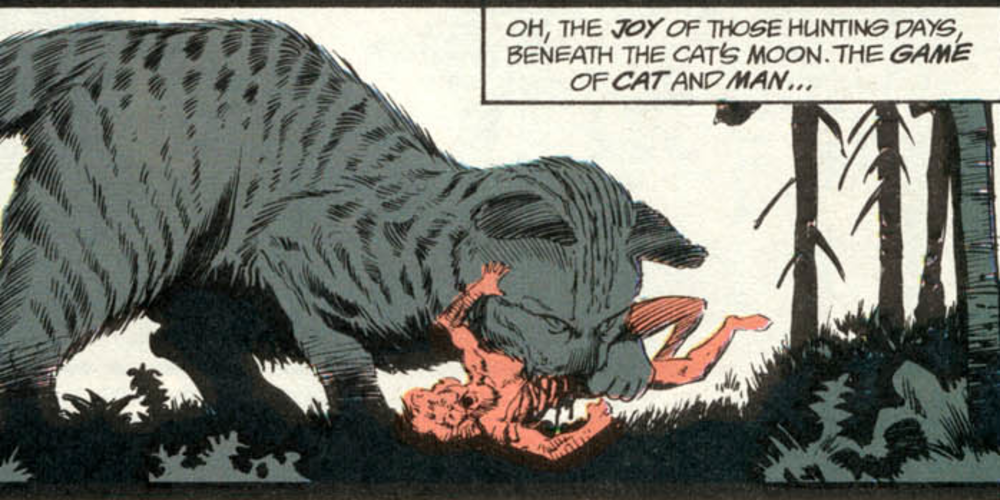
There's nothing groundbreaking about the premise of this story, but the sense of familiarity helps the readers connect with its perspective. This Sandman issue is one of the most adaptable of Neil Gaiman's stories.
The idea of cats ruling over humans has been explored in various mediums, often backed by mythology or folklore. But Gaiman's story creates a simplistic, but outlandish world where cats realize their own powers and dream of usurping humans as their overlords. In spite of the anthropomorphic angle, the idea connects seamlessly with the Sandman universe's themes and in fact, only strengthens its mythology.
9 Ramadan - Issue #50
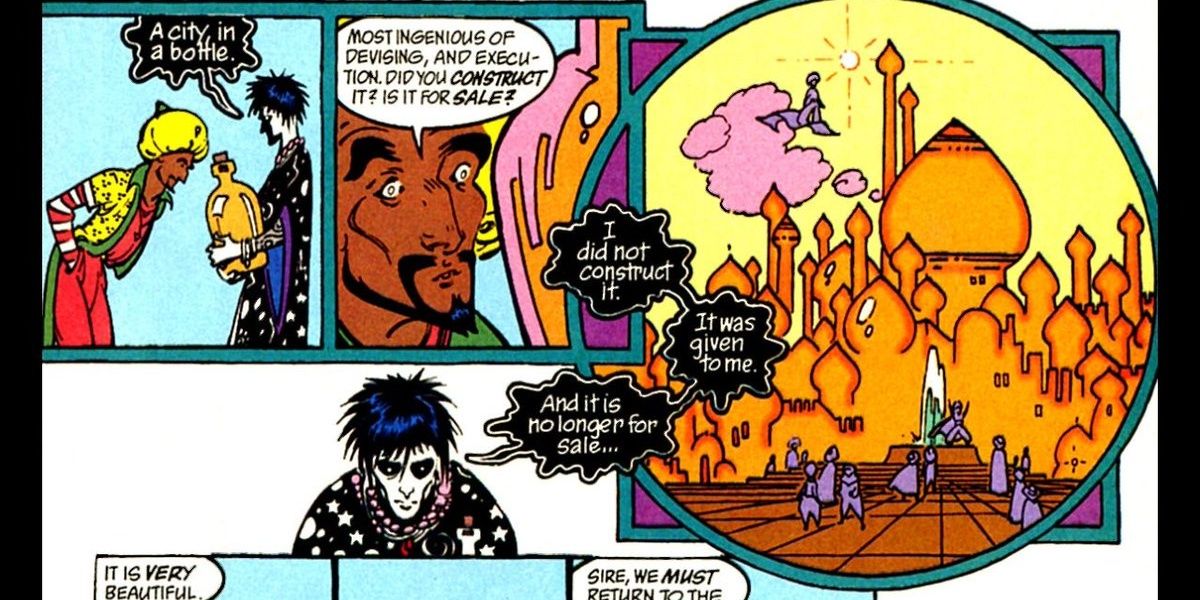
"Ramadan" is incredibly authentic to its source material and this aspect reflects in the comic's lettering, narration and set-up that has been designed to evoke the artistic essence of the Abbasid Caliphate. Dream meets Harun al Raschid, the Caliph of Baghdad, who appears in 1001 Nights and strikes a rather bizarre deal to sell off his wondrous city so its magic will never fade.
The ending of the story attempts to connect the mythical storyline with Baghdad's reality and successfully creates a link between the past and the present of the Iraqi capital, which went through a particularly tumultuous period in the late '80s when the comic was published.
8 Facade - Issue #20

Recalling a DC hero for Sandman was a genius move on Gaiman's part because it allowed him to occasionally tap into the main DC universe. The comic focuses on DC's Element Girl and Dream King's sister Death decide to visit the forgotten superhero.
The comic is gripping from start to finish, it has a singular focus and yet manages to say quite a lot. A friendless Element Girl is tired of her uniqueness and is disgusted with her physical appearance. She wants to end her life, but can't die. The comic goes beyond the mythical or supernatural elements to explore isolation and the idea of human kinship and has a surprisingly hopeful ending.
7 24 Hours Diner - Issue #6
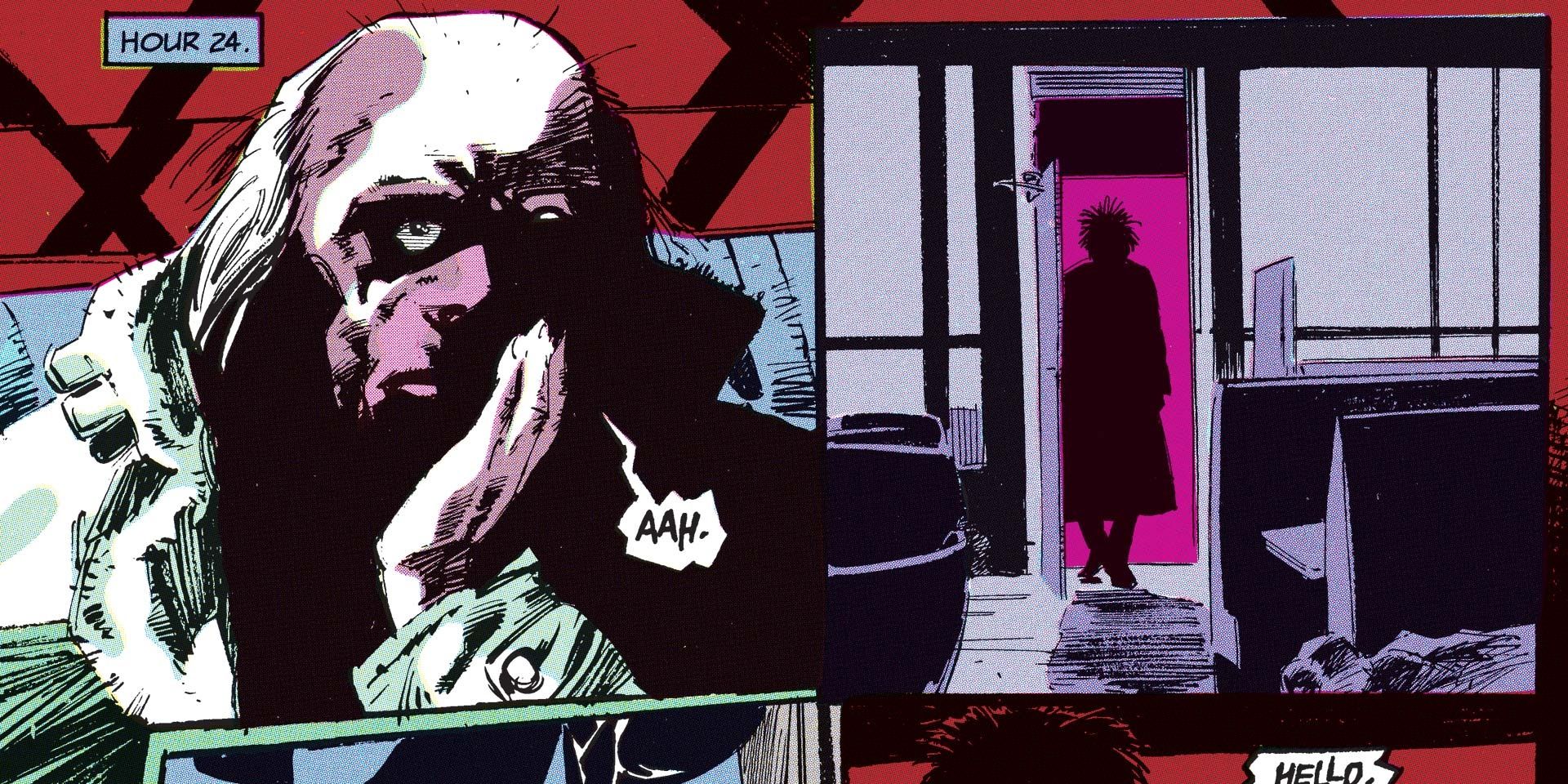
This story brings in DC's infamous Arkham Asylum into the narrative as an escaped psychiatric patient with the Dreamstone who wreaks havoc on a local diner. There are quite a few intricacies in the story, and the abrupt narrative jumps serve the purpose of the comic by making the readers consider unusual possibilities.
But the best thing about the comic is definitely the sense of controlled horror. The story also teases certain themes and ideas that will go on to anchor the series. "If you keep a story going long enough, it will end in death," the waitress/writer Bette says, and this theme is quite central to The Sandman's story since, in the end, Morpheus succumbs to death.
6 Calliope - Issue #17
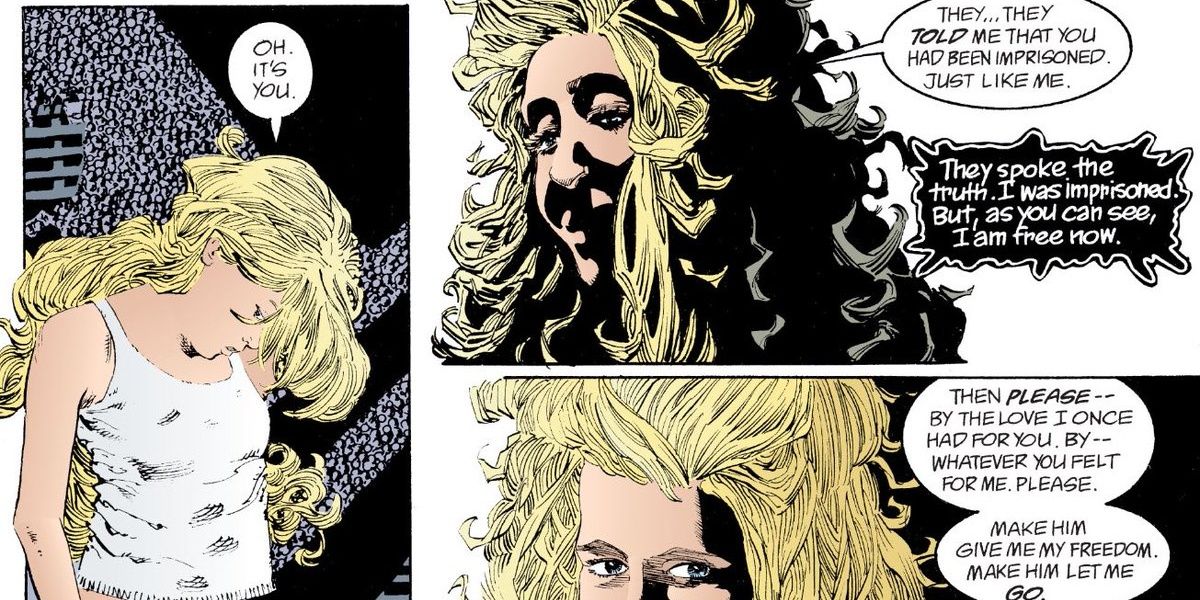
The Sandman's stance on morality makes it a crucial Neil Gaiman read. The comic series doesn't go about preaching ethics or even making decisions for its readers, but the demarcation between the wronged and the offender is made distinct. In Calliope, one of Homer's nine muses is abused and imprisoned by a selfish author suffering from writer's block. Like many Sandman stories, the story brings into play some really complex sentiments, which make the readers question their own perspectives.
Gaiman often designs extreme characters that actually help him look into the more subtle unexplained nuances in human behavior. The character of Richard Madoc has been styled like an allegory of ambition and Gaiman does a great job of holding a mirror to the human psyche instead of spelling out what to think or who to hold accountable.
5 Collectors - Issue #14
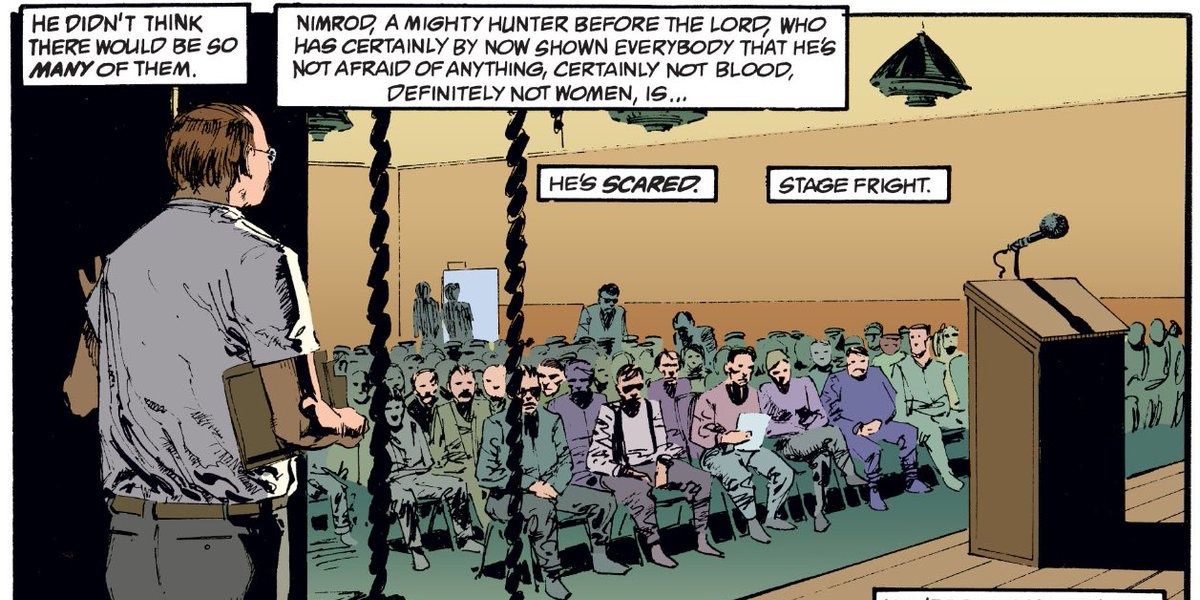
The Sandman comics shift between the main storyline (following Dream) and a number of side stories. But most stories have been designed to be standalone narratives, which works for readers who find it difficult to keep track of the connected developments.
This issue is part of The Doll's House volume but works really great as an independent horror comic. It follows a serial killer convention at a hotel and even if readers aren't entirely aware of Dream's history or his crisis, they will be able to engage with the story. The comic draws some parallels to Frankenstein's monster and incorporates notions of creation and un-making, and also sheds some light on Dream's expectations of the mortal world.
4 Season Of Mists - Issue #22
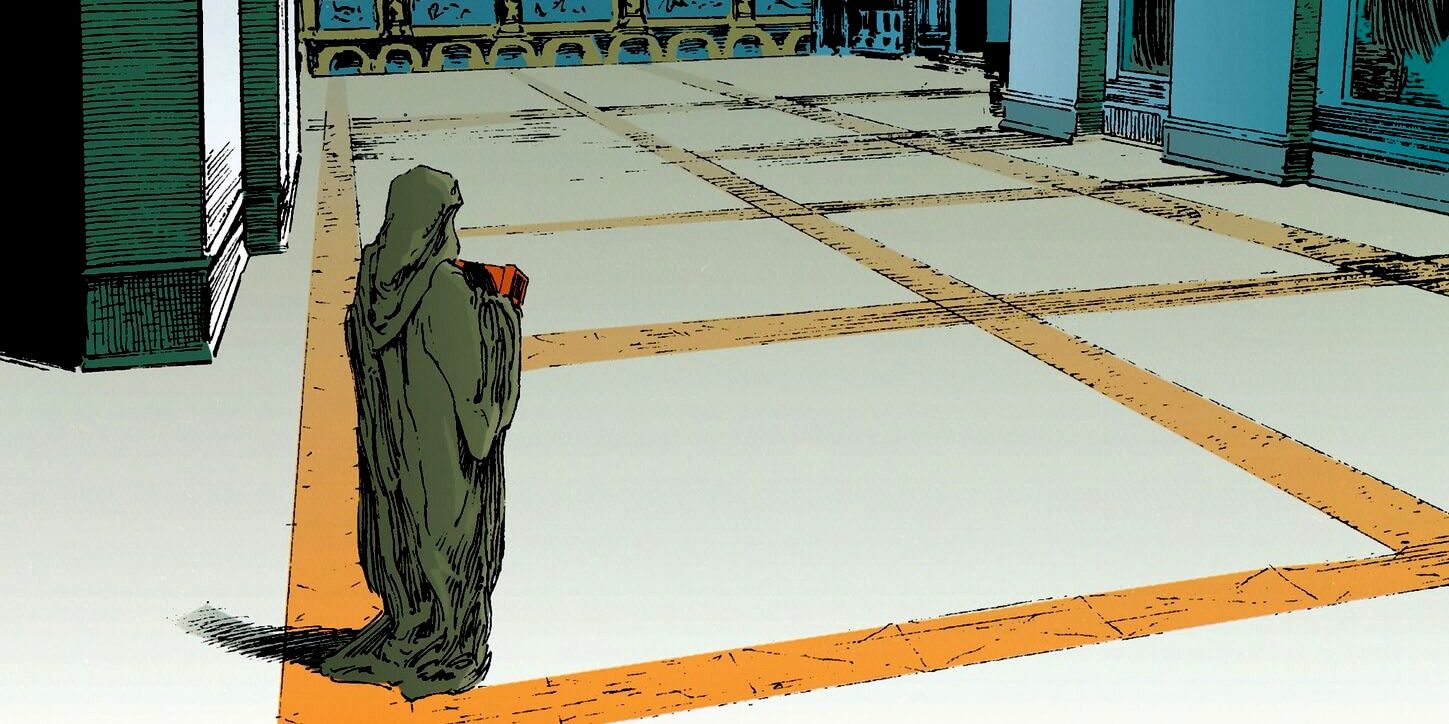
The Season of Mists, as a volume, is a lot more seamless than the other volumes, and in many ways, it helps readers immerse themselves into the main storyline: that of Morpheus and the supernatural realm. In issue #22, Morpheus prepares to go to hell to forgive his former lover, Nada, who he had banished to hell. It's one of the more dramatic stories of the entire series but offers a look into Morpheus' tortured psyche.
It's from this volume that the dialogues and the monologues start to sound a lot more poignant, more attuned to the loftiness of the material and also more restrained. Morpheus' last lines before leaving for hell, for instance, are some of the best lines spoken in The Sandman.
3 Cluracan's Tale - Issue #52
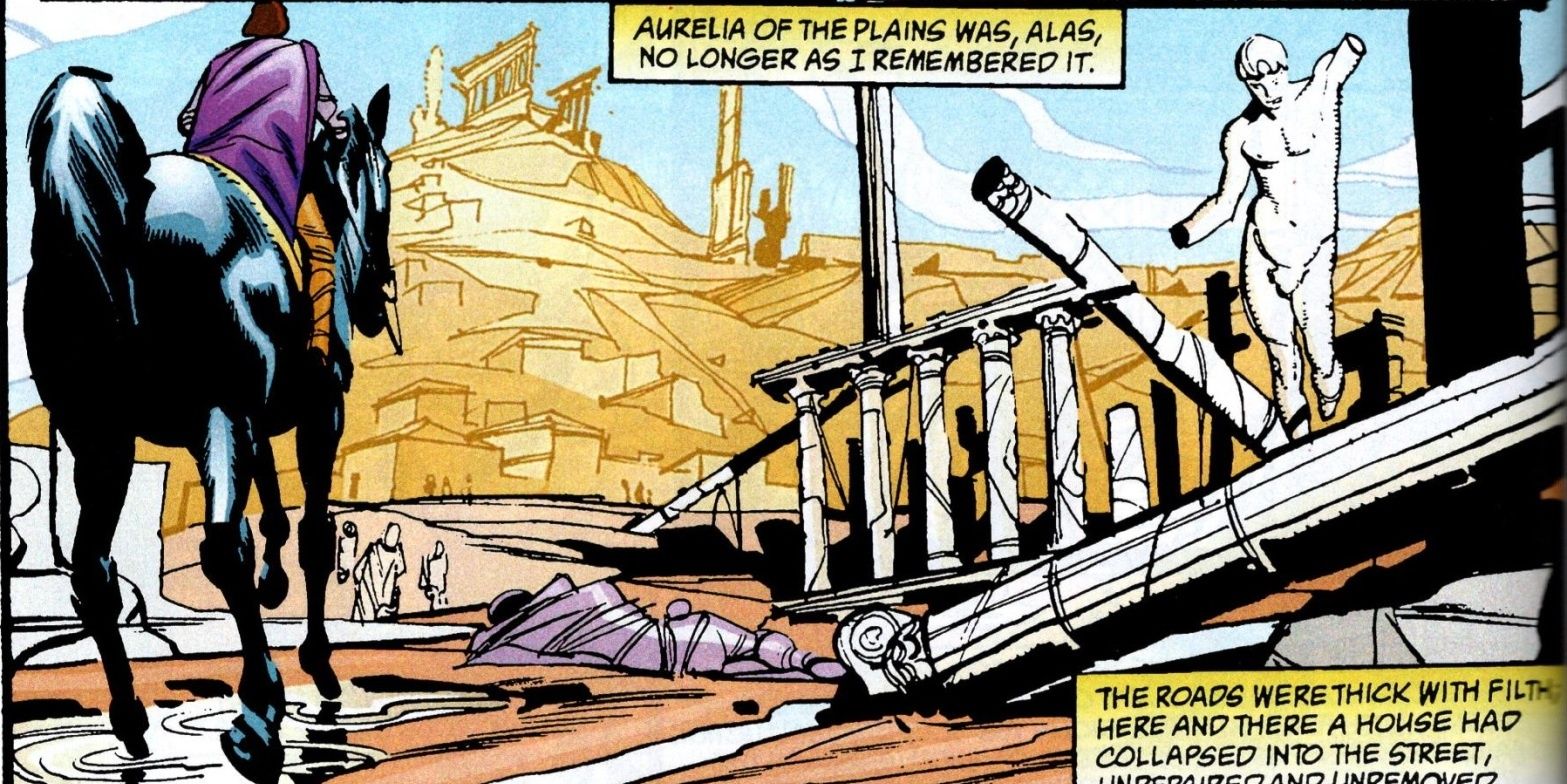
Volume 8 onwards works out its niche as a frame narrative, and for the most part, it has worked in favor of the series since there is so much room for dialogue, themes, characters and movement between worlds. So, the comic grows more whimsical, versatile and readers can actually pick and choose the single-issue short stories that appeal to them without actually missing out on much.
This fantasy adventure issue has some of the best illustrations and takes some intelligent leaps in narration. Despite being longer than most issues, the dialogues are quite precise, which keeps the narration engaging.
2 The Golden Boy - Issue #54
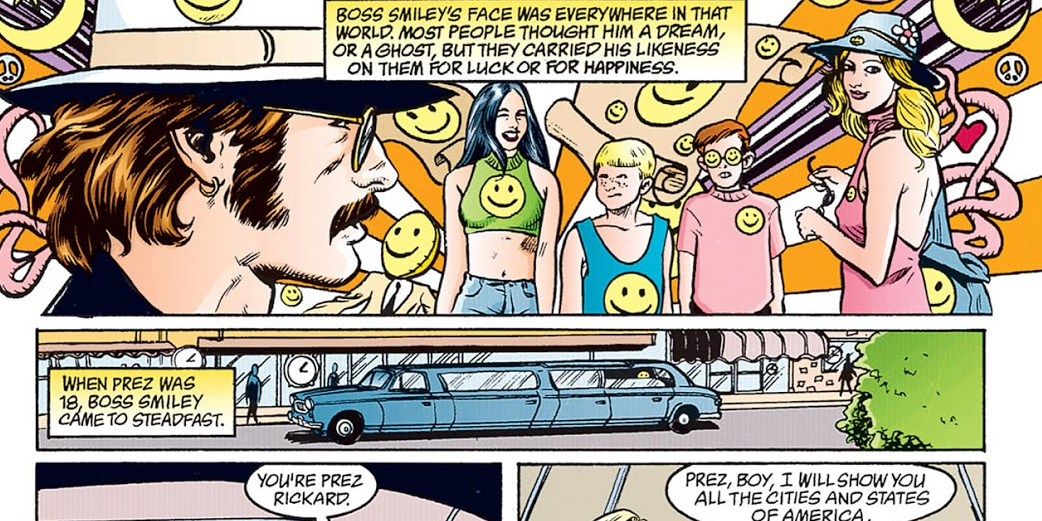
Gaiman's prowess in establishing alternate realities has served him well in The Sandman, especially because he can balance multiple realms while keeping true to the essence of each world. This story is part of the World's End volume and Gaiman's personal approach to American politics shines through in this one.
Gaiman has admitted on Twitter that this story still makes him wistful, and some readers may find the story to be a commentary on humanity, told through the American crisis. The premise of The Golden Boy is quite fanciful and even outlandish, but its message is watertight, and the fact that Gaiman actually introduces an alternate reality and makes it so immersive makes the comic a tremendous success.
1 Slaughter On Fifth Avenue - Issue #32
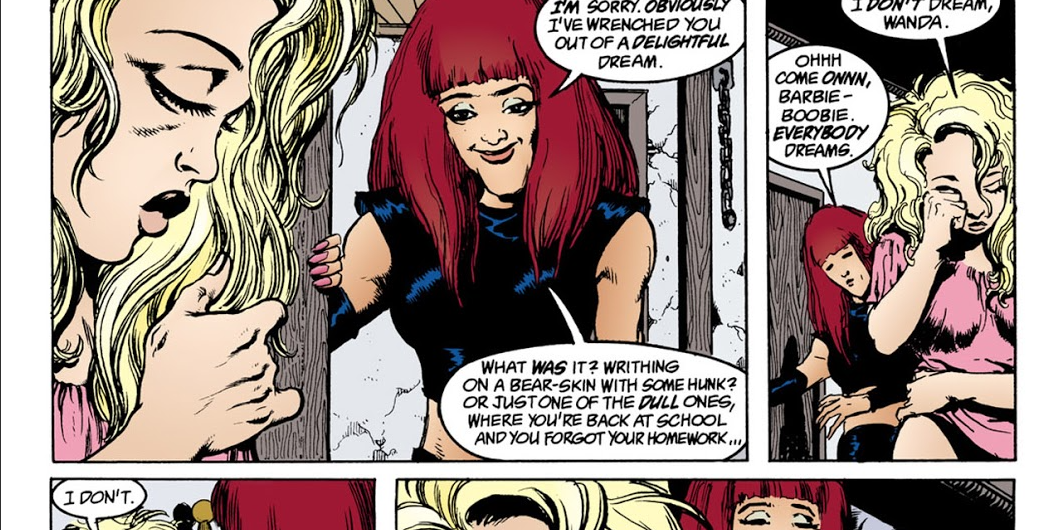
A Game Of You is perhaps the most moving and sensitive Sandman volume and the first issue of the series is easily the most powerful. Its arc, although relatively less significant in the meta-plot of The Sandman, manages to offer a lot of clarity about the purpose of The Sandman universe.
Gaiman's representation of a principal transgender character named Wanda was widely acclaimed and Wanda is also perhaps one of the most fleshed-out characters in the entire universe. Though the narrative is anchored by the idea of fantasy, Gaiman constantly tries to uphold real struggles. A great example is a scene where a female character is made to feel unwelcome in a comic book store, a reference to toxic nerd culture. The ending of the first issue, too, is quite stunning, as it manages to reveal quite a bit in just a few panels and hints at Gaiman's approach to misogyny.
from ScreenRant - Feed https://ift.tt/3AUDfnu


0 Comments